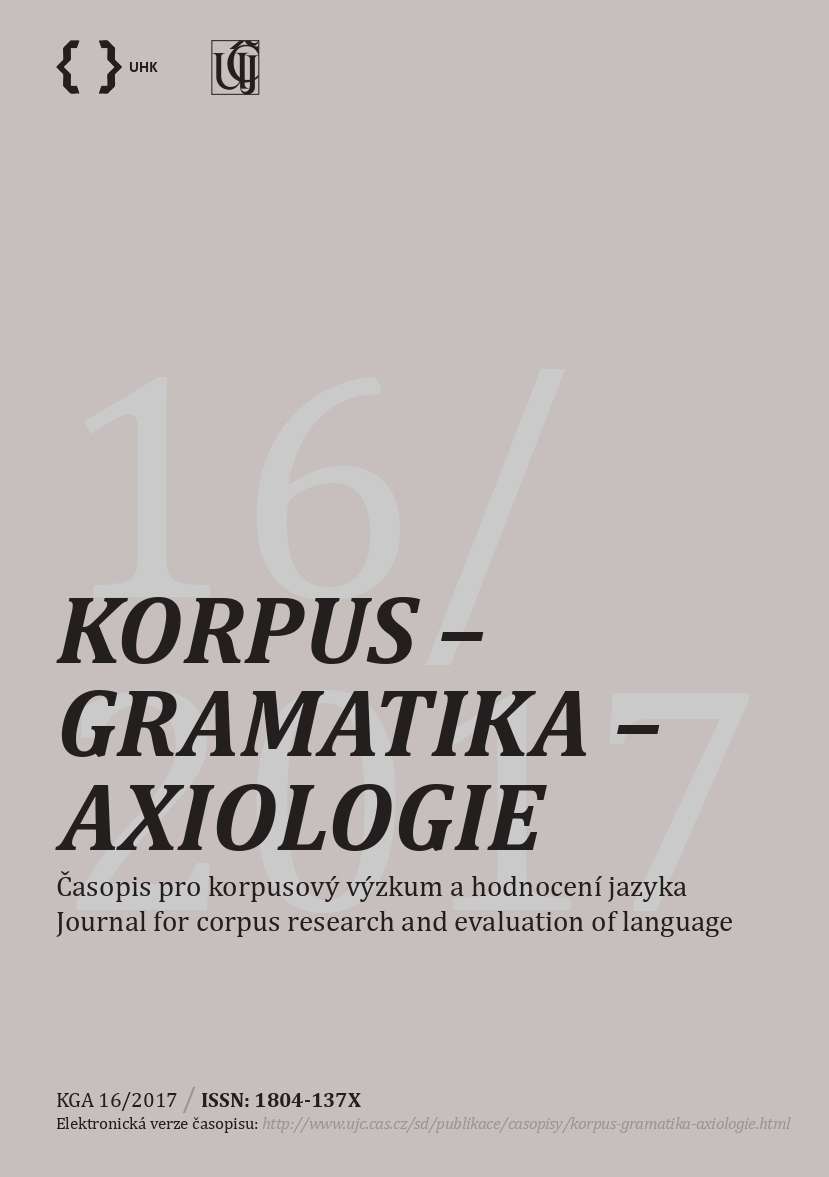
We kindly inform you that, as long as the subject affiliation of our 300.000+ articles is in progress, you might get unsufficient or no results on your third level or second level search. In this case, please broaden your search criteria.


The paper tried to answer the following research questions: What are meanings and functions of the Czech word tak [so in English] in spoken texts used in contemporary media? How is the word tak incorporated into a syntactic structure of a turn? Two TV programmes included in the Dialog Corpus were chosen to be analysed: Otázky Václava Moravce (a very formal discussion with politicians hosted by Václav Moravec) and Uvolněte se, prosím (a very informal, spontaneous talk show). The chosen programmes were intentionally quite different; they noticeably differed even in the total numbers of the tak occurrences caught in them: 74 occurrences in Otázky Václava Moravce vs. 149 occurrences in the talk show Uvolněte se, prosím. In the talk show, we identified an extremely high occurrence of the word tak as the preparative particle as it is called, and even a higher number of this word was found as a simple connector. The connector tak placed at the end of a line appeared only in the talk show. In both programmes, the word tak was commonly used to express various syntactic relations, most often expressing conditions and consequences. The examples often indicated that the word tak might be the only word expressing such relations.
More...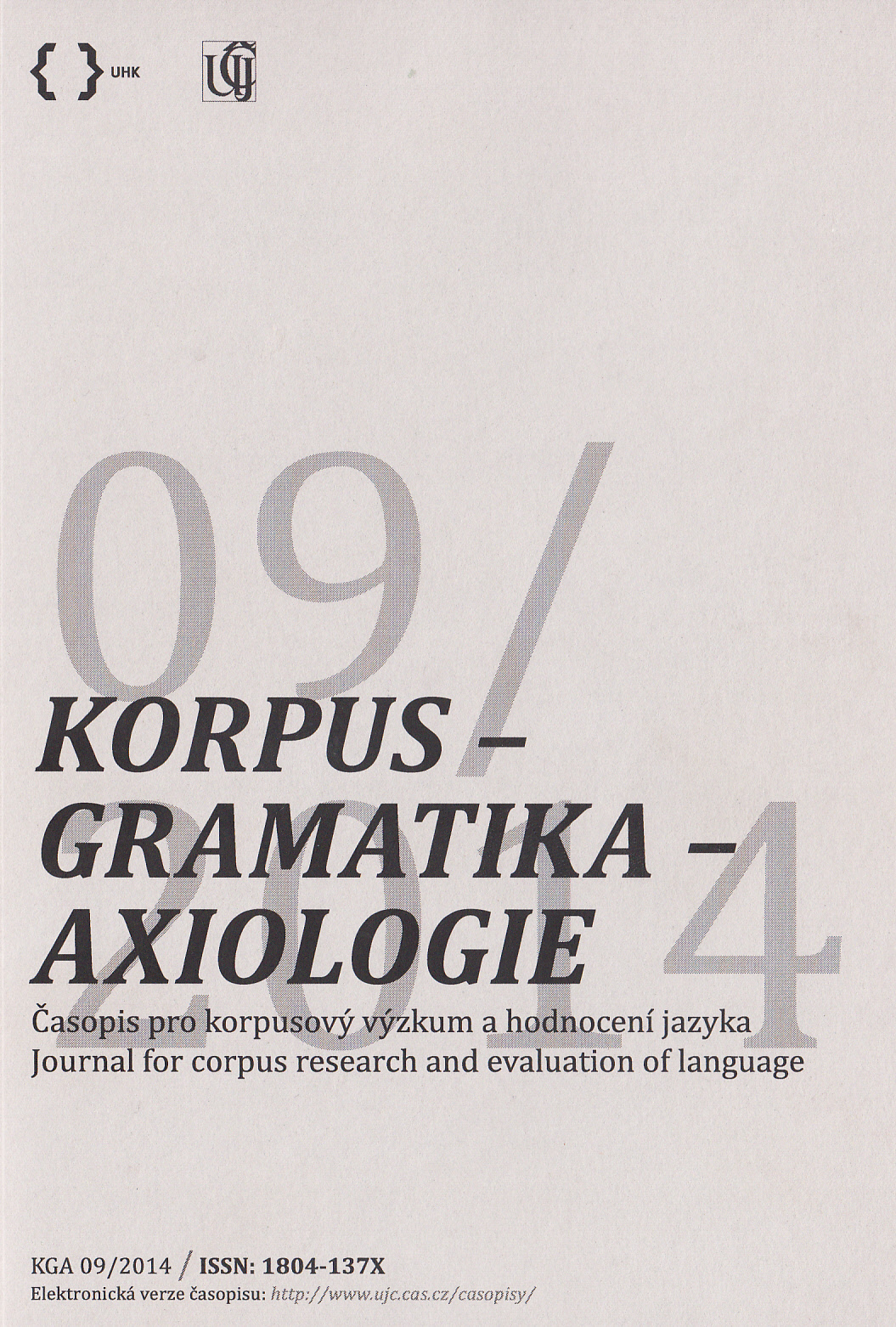
Jakub Arbes was a well-known Czech writer who died in 1914 and is known as the creator of a specific sort of short novel, called the romaneto. His work, however, is written in a language which is not completely understandable to the contemporary reader. Between the last decade of the 19th century and the first two decades of the 20th century the Czech literary language changed rapidly and significantly in its morphology (e.g. the forms of noun cases), syntax (e.g. the structure of the passive), the lexicon (the meanings of many words and the styles ascribed to them), as well as word order rules. Supposedly, the classical literary Czech language changed much more substantially than did English, French or German during this period of time. But the reception of the classic Czech literature in the public and among literary historians has not followed this evolution of language as far as the classical Czech literary canon is concerned. Contrary to evident facts, most of the public and the literary historians have resisted the need to translate this outdated system of Czech into the new system of our time. The inevitable result will be the relegation of this literature to the status of museum piece. This article is a first step on the path to a new reception of this outdated Czech literary language.
More...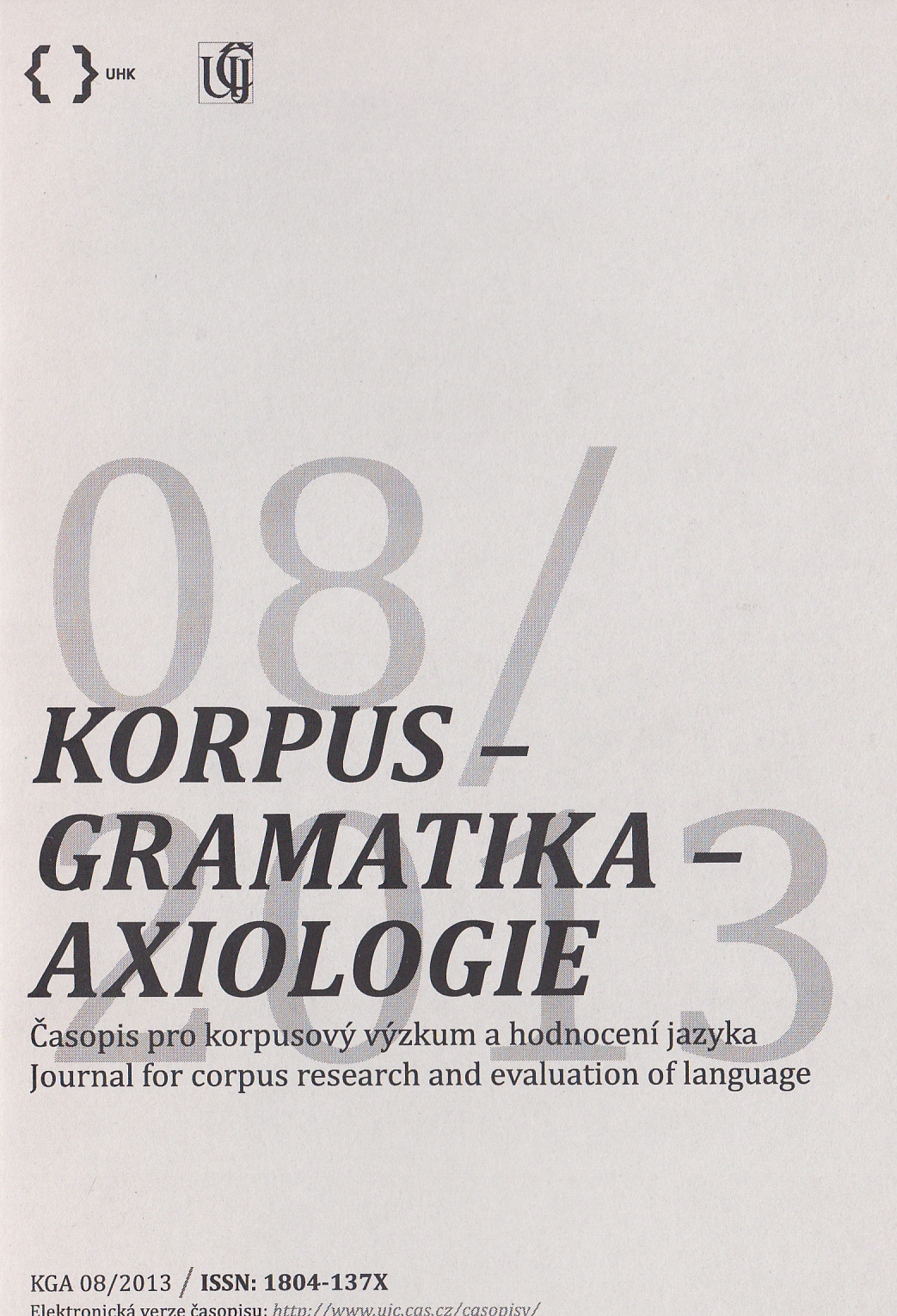

The aim of this article is to present a relatively complex linguistic analysis of the three-volume correspondence between Jiří Voskovec and Jan Werich (V+W). Focusing on the dialogic structure of these letters, its remarkable coherence and stylistic uniformity, we examine the research possibilities such text types may offer in the field of dialogue stylistics. This highly private correspondence draws attention to the transitions between written and spoken language, fluctuations between using literary and common Czech, as well as a frequent use of vulgarisms, which we interpret as a natural part of the authors’ shared idiolect. Another building block in the stylistic uniformity of the entire correspondence that is worth highlighting is the linguistic playfulness and language-based humor, including V+W’s fondness for using, manipulating, and commenting on specific set phrases, in which they also intertwine Czech and English. Although English holds a prominent position both in terms of frequency of use and the variety of expressions, the letters actually display features of multi-lingual texts; this quality comes out also in the form of stating the authors’ opinions about Czech (or other languages). The multi-lingual flavor is not far from issues of intertextuality, which manifests itself in the form of a variety of quotations, paraphrases, references, or ad-hoc created fake proverbs. Another part of our analysis concerns V+W’s creativity in word-formation (especially on the part of Voskovec), as well as various grammatical phenomena. In morphology, the texts show a conspicuously high frequency of participles and the archaic short-form adjectives; in syntax, we observe the stylistic function of certain passive constructions, causativization of non-causative verbs, special kinds of ellipsis, and idiosyncratic patterning in marking information structure.
More...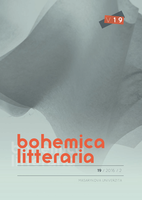
The paper inquires into the modes of explication and practise of description at schools, appreciating the particular methods of stylistic practise suggested by Zdeněk Kožmín in Tvořivý sloh (Creative stylistics, 1995).
More...
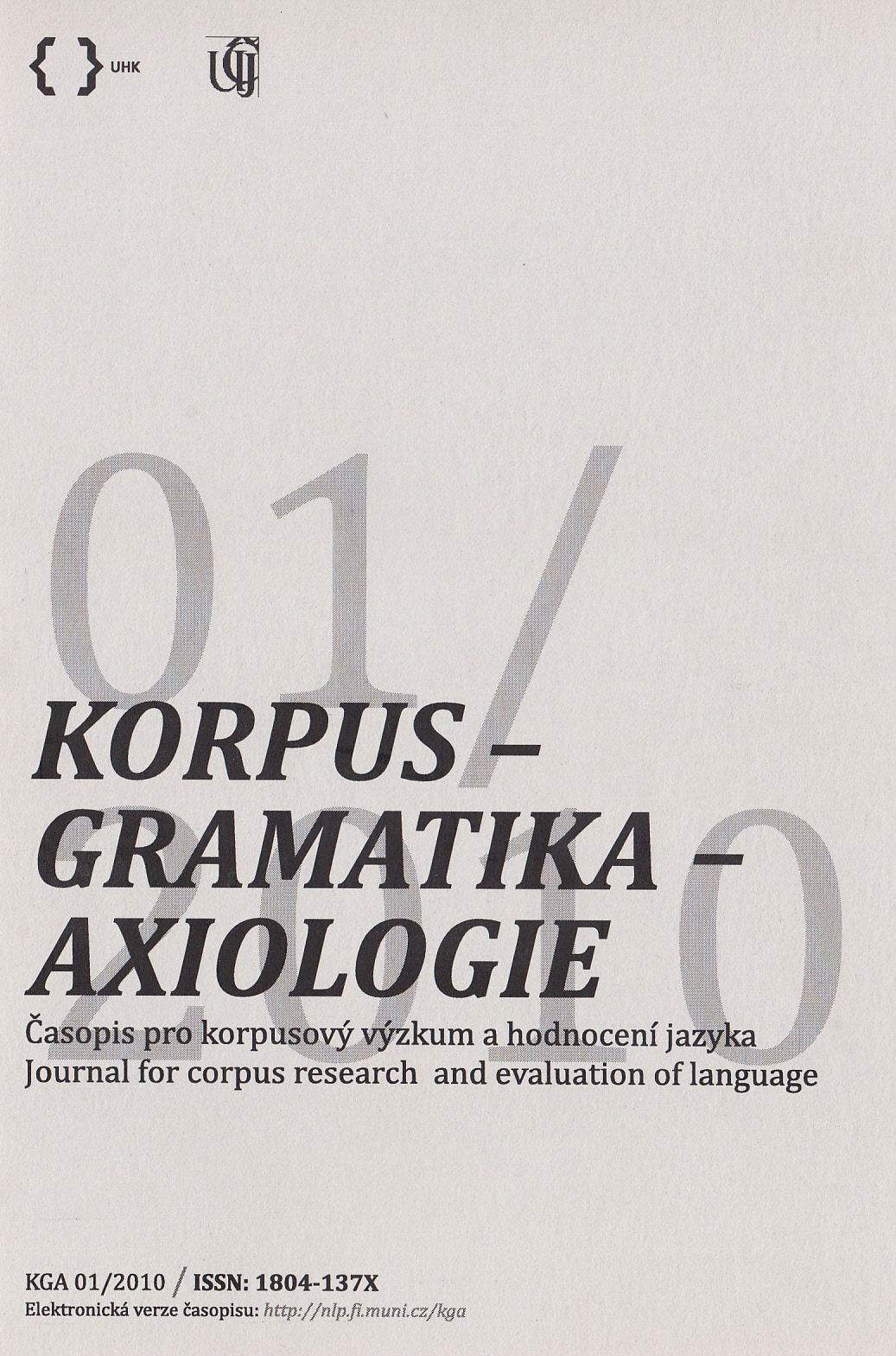

The article deals with a Czech lexeme zvíci, which is quite frequently used in a contemporary Czech language. This type of words was created in the 14th century; it is composite word consisting of a noun viecě and a preposition vz- form the origin. The article refers about formal and semantic changes and using of the lexeme zvíci (and simi-lar words) from the Middle-ages to today. Many quotations from synchronic and also diachronic corpus of Czech language are included.
More...
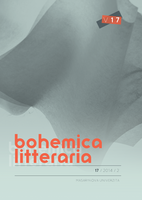
In the first half of the 1970s Bohumil Hrabal was not allowed to officially publish his texts; yet it is the time when he wrote a number of his most critically acclaimed works. Obsluhoval jsem anglického krále (I served the King of England) and Příliš hlučná samota (Too Loud a Solitude) are the two probably best-known of them and often translated into other languages as well. From the genre point of view, both texts diverge (the narrator in Obsluhoval jsem anglického krále is markedly narration oriented, while the narrator in Příliš hlučná samota can be described as contemplative and reflective), but from the stylistic point of view, important parallels and analogies can be identified. One of them is Hrabal’s unique composition technique using „long sentences“, which he himself called „stream writing“. The study discusses the usage and different aspects of the technique.
More...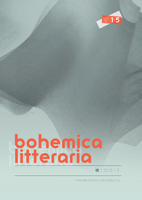
Dans son poème Le conte de fées (de son recueil Le royaume du monde, 1911) Otokar Fischer met ľaccent sur son incipite, explicite, vers central et rime. Le poème entier est basé sur le principe de couleurs. L’ étude présente les recherches de la couleur dans l‘oeuvre littéraire d’Otokar Fischer.
More...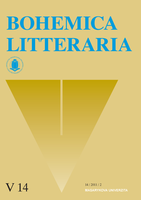
Anthropomorphized nature is the frequent thematic reservoir of intentional children’s literature because clearness, conciseness and emotional effectiveness of life stories of personified animal characters suggest themselves as the enhancement of the parallel between events in the countryside and in the human society. Insects as the smallest representatives of the animal world then resemble, through their tininess and vulnerability, the “ant” optics of a small child appearing in the adult world. Using examples from the Czech literature for children since the 19th century till the present, the paper deals with the ways in which insects are represented, from parallels with the human society to parody shifts.
More...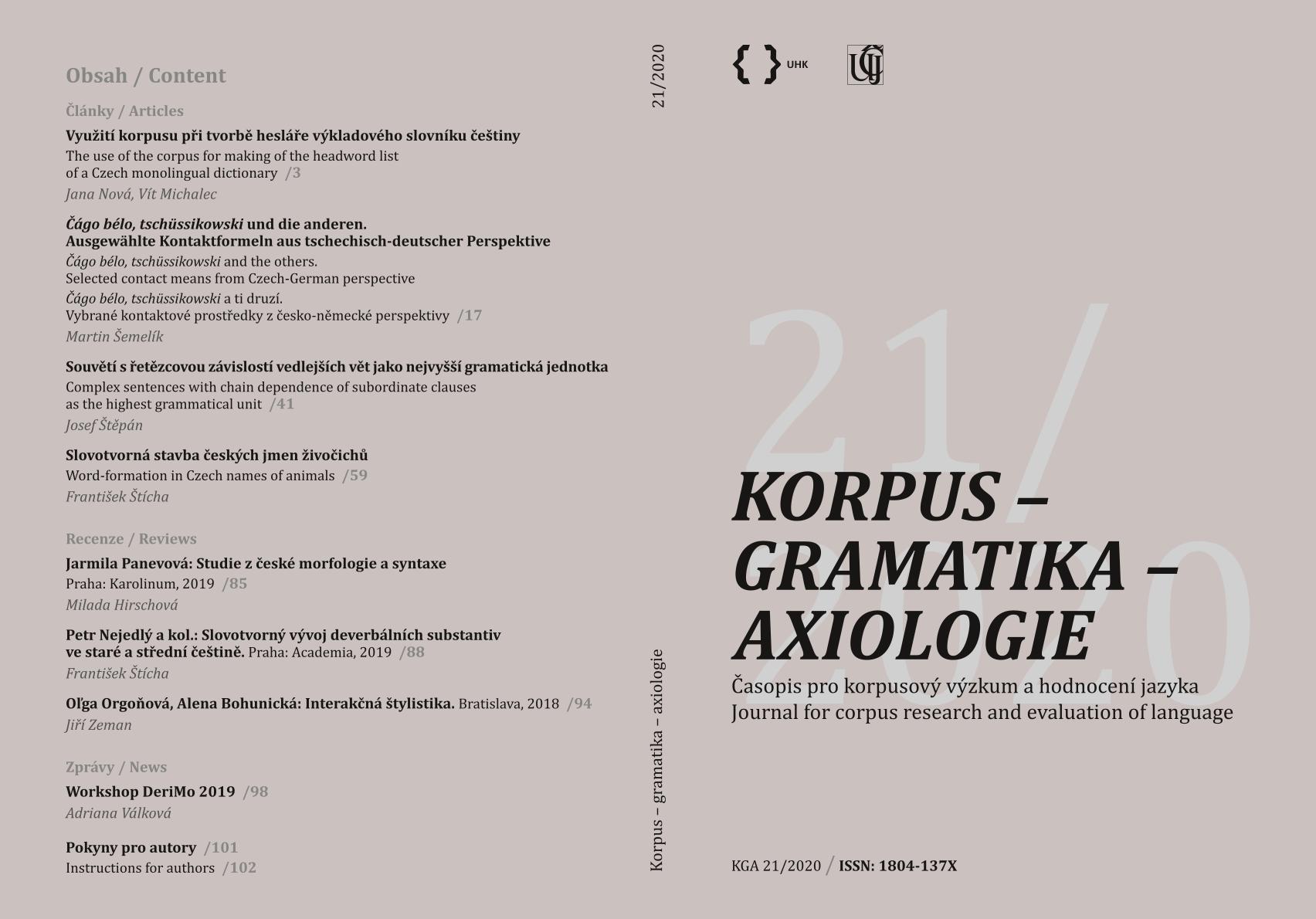
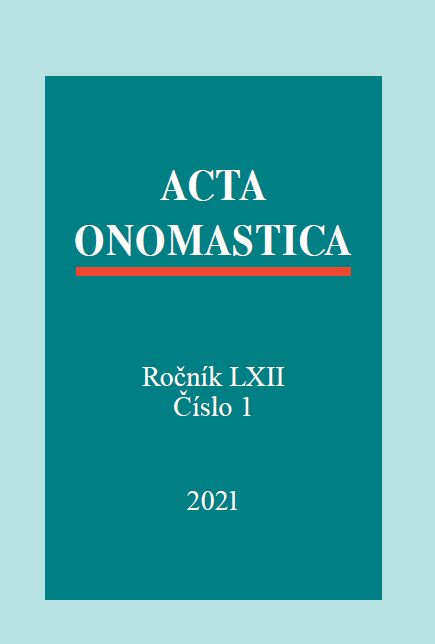
The paper discusses the use of proper names of male cattle (Bos taurus) in the poetry collection Living Treasure (Živo blago, 1997) by Radenko Stanić. The author used the real proper names for purebred cattle in the literary text, describing oxen, cows, and other domestic animals on farms in the verses. The goal of the paper is to extract the inventory of zoonyms which are used to name male cattle, to examine the prin¬ciples of the poet’s choice of zoonymic units, as well as their stylistic functions. The analysis has shown that the inventory of oxen zoonyms is comprised of: (1) traditional proper names, which are present in lexicographical sources, as well as in ono¬mastic studies done in the field; (2) modern proper names, which originate under the influence of the urban culture, film, literature, and comics. What is noticeable is the merging of modern zoonymy into rural zoonymy. The stylistic function of proper nouns for oxen is achieved on a meaningful plan ‒ they contribute to the comic outlook on the world and partake in the linguo-cultural range of the poems.
More...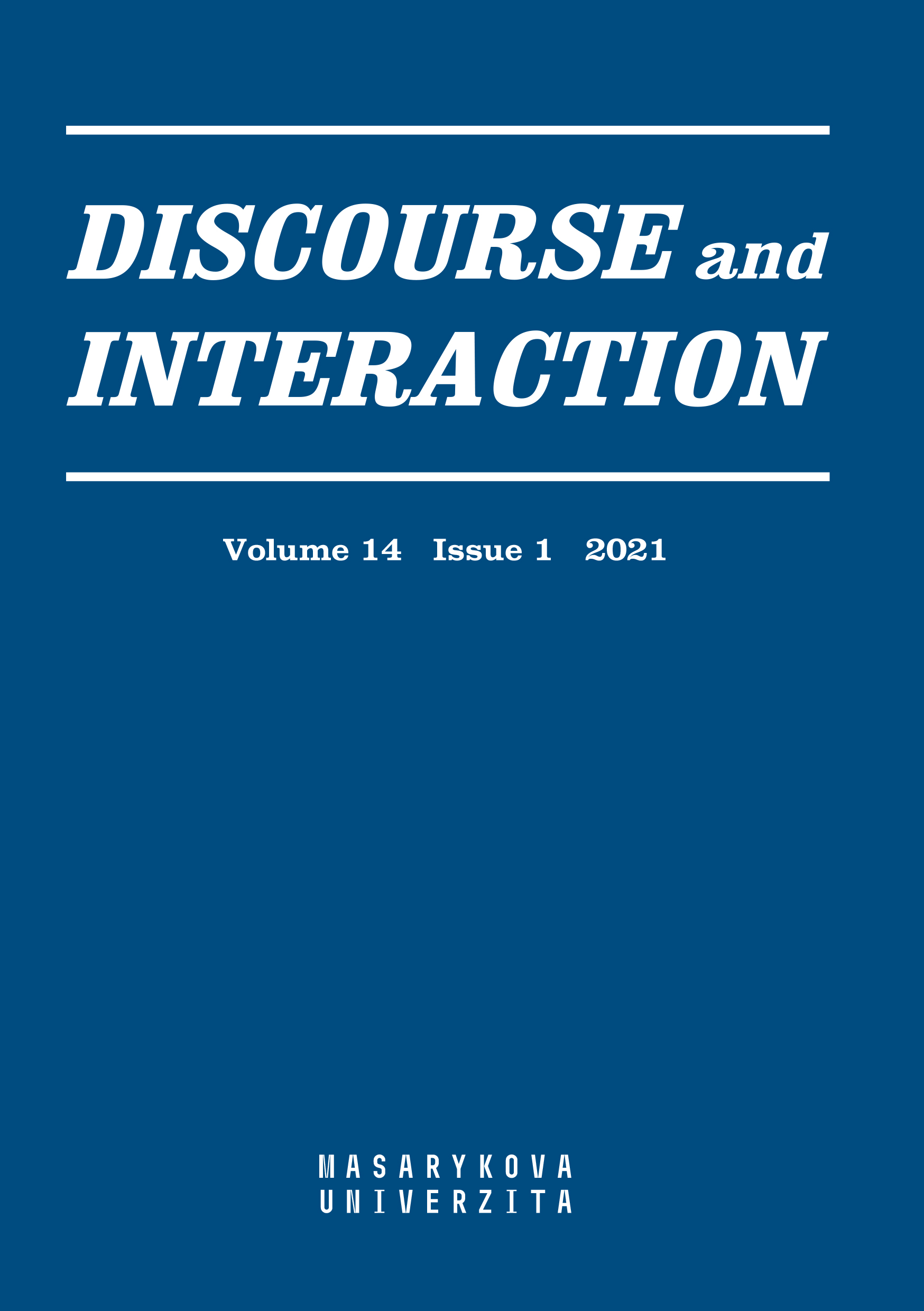
Research article (RA) abstracts are not mere shortened versions of the research article content but constitute a separate genre of academic discourse with its own specific features, one of them being its interactional nature. This paper explores interactional metadiscourse markers occurring in RA abstracts from the diachronic perspective. The main focus is therefore on variation and change in the use of these linguistic means since it may be expected that their distribution could evolve over time, even though scholars follow specific writing conventions when writing RA abstracts. Connected with this is the question whether growth in the mean length of RA abstracts has led to any rhetorical change. Providing an answer to this question is another aim of this paper. The study is based on a corpus of 96 RA abstracts from the field of Applied Linguistics published in a prestigious linguistic journal entitled Journal of Pragmatics over the course of the last 35 years. The theoretical framework followed here is the taxonomy of metadiscourse proposed by Hyland (2005a), which is particularly convenient as it offers a pragmatically-grounded method of analysing interactional metadiscourse markers in academic texts. As the results suggest, the distribution of interactional metadiscourse markers has undergone diachronic changes, e.g. in the use of hedging and boosting devices, confirming the dynamic character of this often overlooked genre of academic discourse with regard to its interpersonal aspects.
More...
As one of the official languages of the Philippines, English predominantly figures in the domains of education, government, and the judiciary. This reality has always put English at the top of the linguistic ladder, relegating local languages to lower ranks. This scenario appears to be evident also in the domain of the church. In this paper, I investigate signs posted within the compound of a major Catholic church located in the Philippines in terms of types and language use. Informed by linguistic landscape concepts pioneered by Landry and Bourhis (1997), Spolsky and Cooper (1991), and Ben-Rafael (2009), I analyzed over a hundred signs in the religious linguistic landscape, which I call ‘churchscape’. Findings show that English dominates in the churchscape as a language of communication and language of tourism while local languages such as Filipino and Pangasinan assume a secondary role in the churchscape. This study affords us an interesting view and alternative understanding of multilingualism as a phenomenon through the churchscape in question.
More...
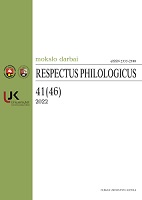
The paper examines whether rhetorical questions (RQs) with insulting content or implications soften or intensify the insulting content that they express, as compared to corresponding direct statements with similar insulting content. The analysis is based on the results of two online surveys conducted among 276 Bosnian university students (182 and 94, respectively), who evaluated, in regard to their offensiveness, two sets of RQs and corresponding statements with insulting content or implications. Three types of insulting RQs were included in the surveys: insulting RQs without explicitly offensive terms, insulting RQs that incorporate derogatory words, and sarcastic RQs with insulting implications. The expected results were that: a) in line with Frank’s (1990) account of strengthening effects of RQs as their primary function, insulting RQs, with or without derogatory words, will function as amplifiers, and sound more offensive than corresponding declaratives; and b) sarcastic RQs, following Dews and Winner’s (1995) account of softening effects of sarcastic utterances, will function as mitigators, as compared to non-sarcastic declaratives with insulting content. The obtained results indicate that the first hypothesis cannot be verified (in spite of some indications that slight amplifying effects do exist), and the second hypothesis is completely rejected, with some likelihood that the opposite could be true.
More...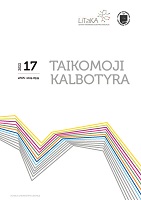
In order to solve issues in sign language linguistics, address matters pertaining to maintaining high quality of sign language (SL) translation, contribute to dispelling misconceptions about SL and deaf people, and raise awareness and understand of the deaf community heritage, this article, for the first time in a Lithuanian scientific journal, discusses authentic poetry in Lithuanian Sign Language (LSL) and inherent metaphors that are created by using the phonological parameter – location. The study covered in this article is twofold, involving both the micro-level analysis of metaphors in terms of location as a sub-lexical feature and the macro-level analysis of the poetic context. Cognitive theories underlie research of metaphors in sign language poetry in a range of sign languages. The study follows this practice. In view of the abovementioned reasons, this piece of research is new and relevant to Lithuania. The article covers qualitative analysis of 10 pieces of LSL poetry. The analysis employs ELAN software widely used in sign language research. The target is to examine how specific types of location are used for the creation of metaphors in LSL poetry and what metaphors are created. The results of the study show that LSL poetry employs a range of locations resulting in a host of metaphors created by using classifier signs and by modifying the location of the established signs. The study also reveals that LSL poetry mostly tends to create reference metaphors indicating status and power. As the study shows, LSL poets metaphorically encode status by encoding another meaning in the same sign, which results in creating double metaphors. The metaphor of identity has been determined to consist of chest signing. Notably, the poetic context has revealed that the latter metaphor can also be identified as a metaphor of life. The study goes on to note that deaf poets create metaphors related to the importance of various phenomena, significance of the lyrical subject. Notably, the study has allowed detecting locations never mentioned in previous SL research as used for the creation of metaphors. For instance, previous SL research fails to cover temporal metaphors expressed by signing in central and peripheral areas and attitudinal metaphors represented by signing near the eye. The study has also detected a sign that can be identified as a metaphor of death and that is absent in previous SL research.
More...